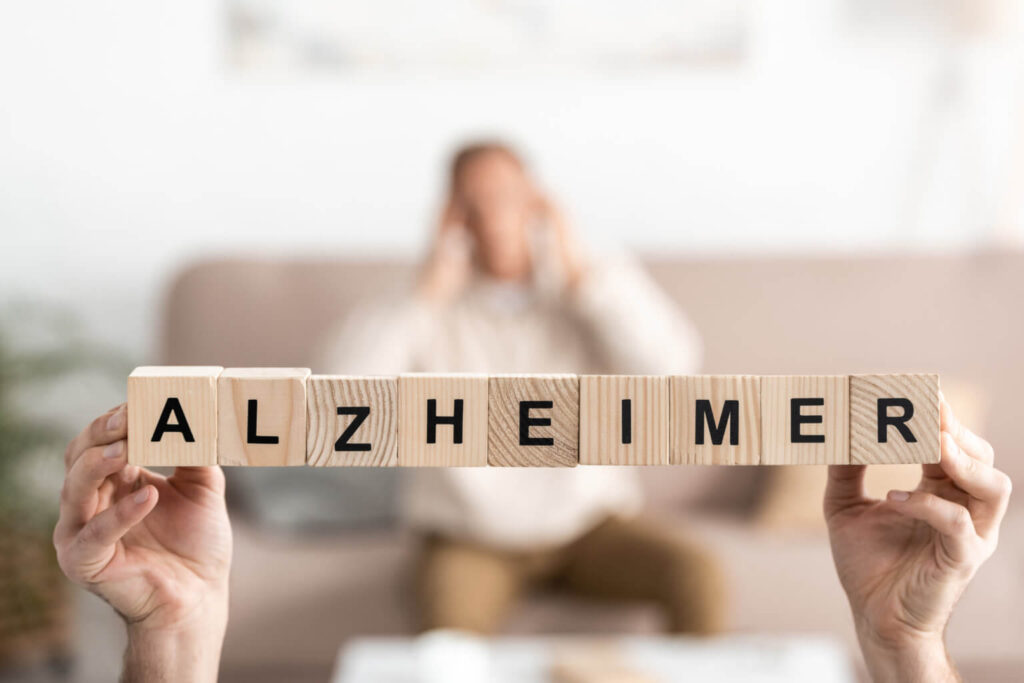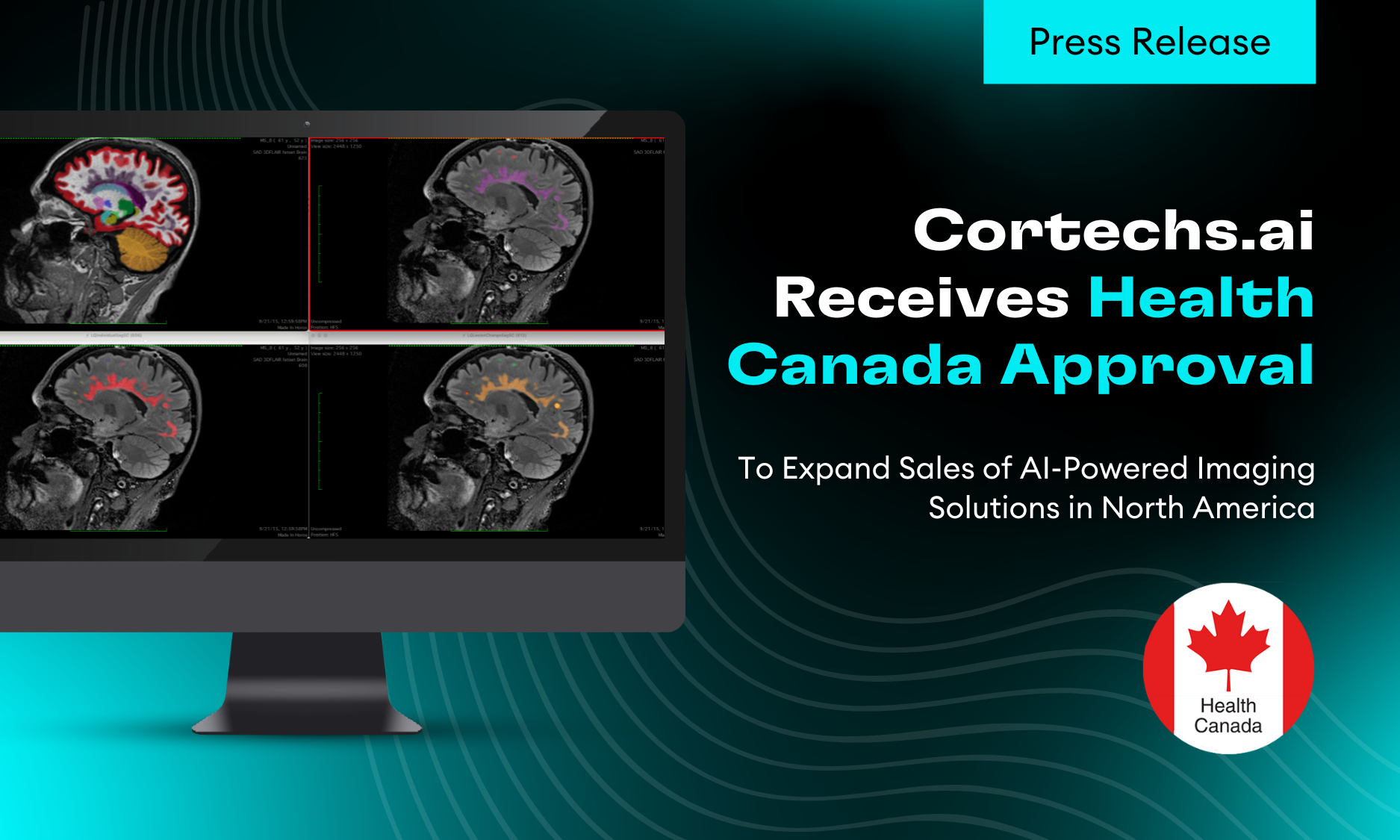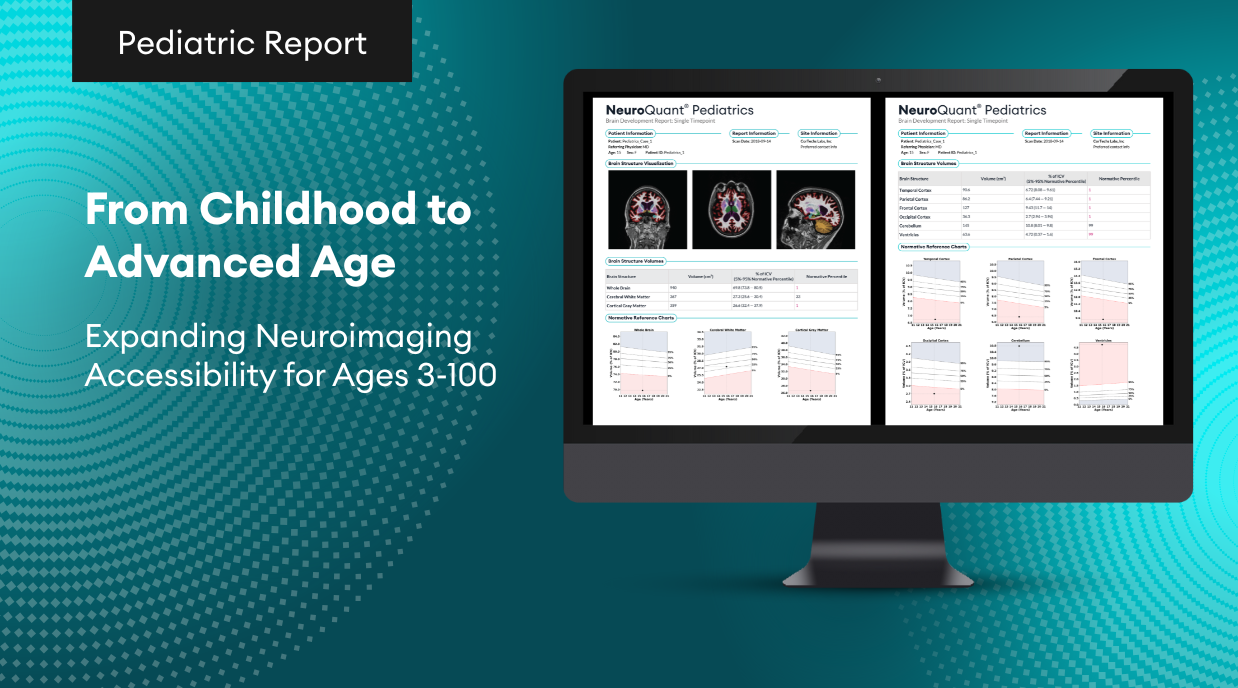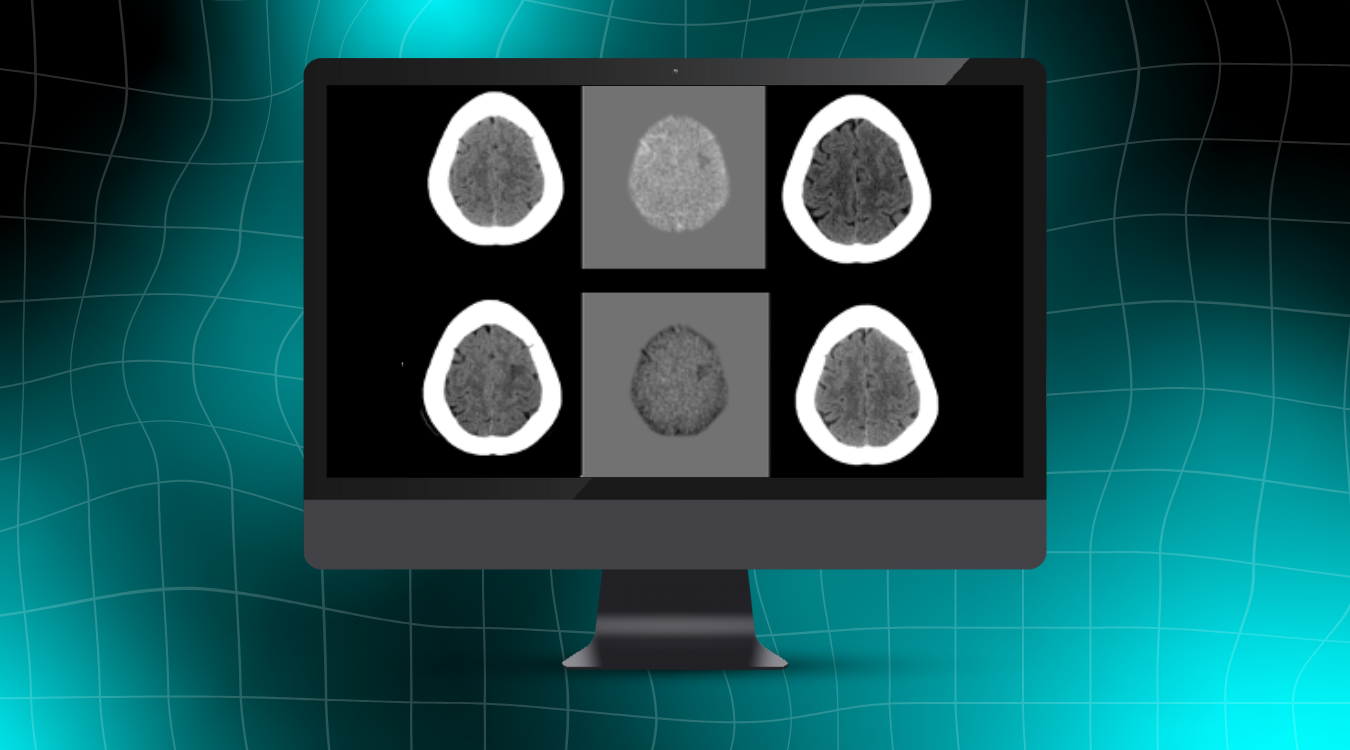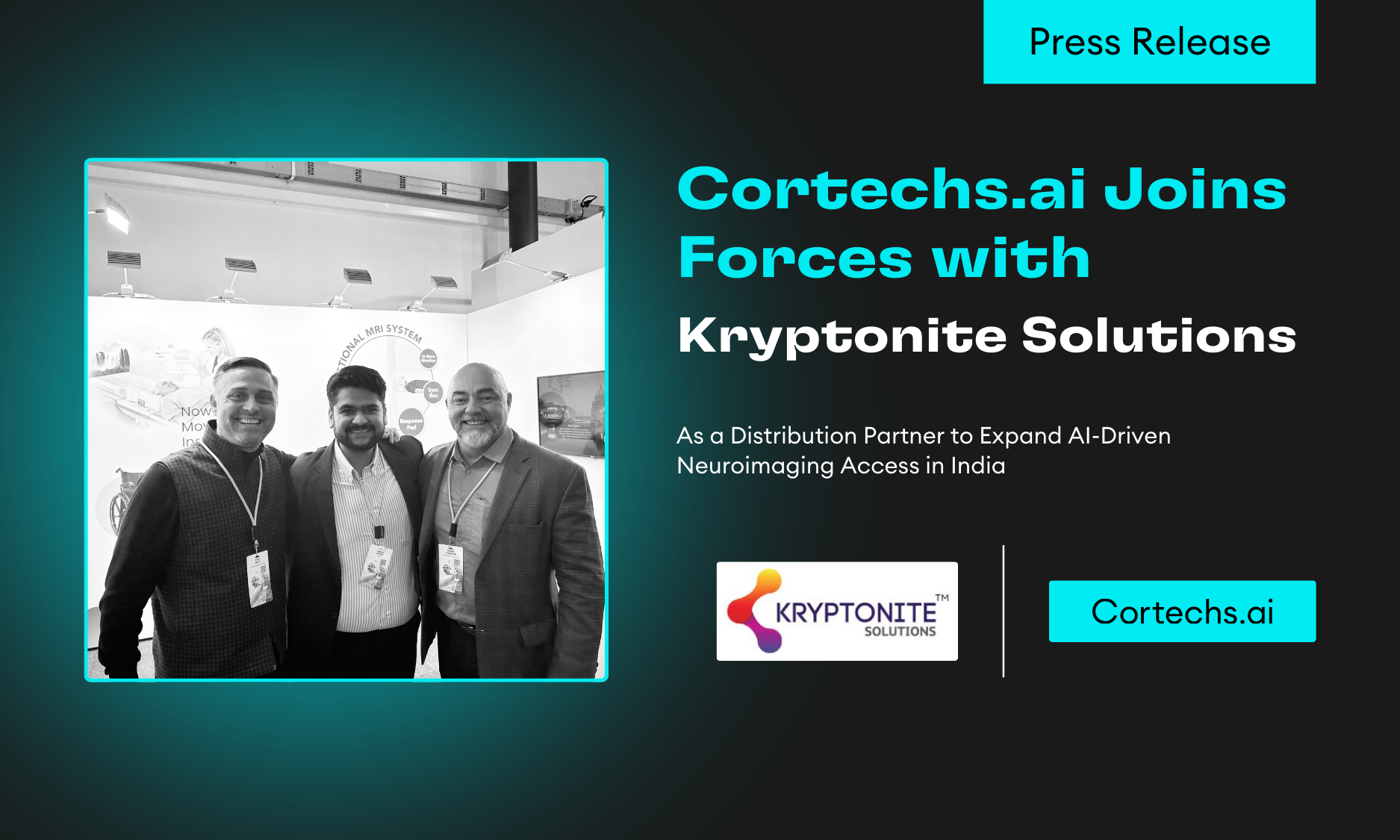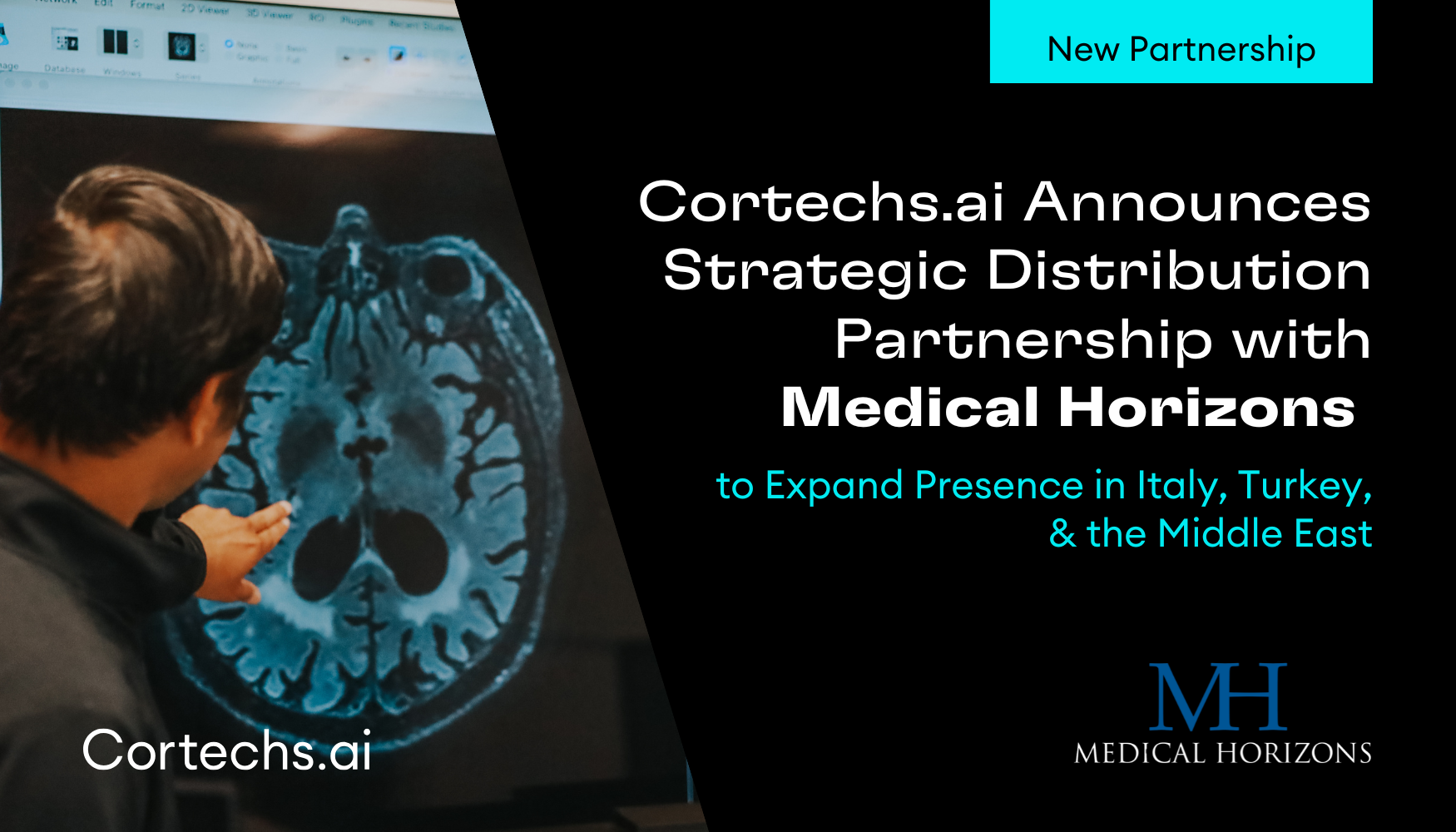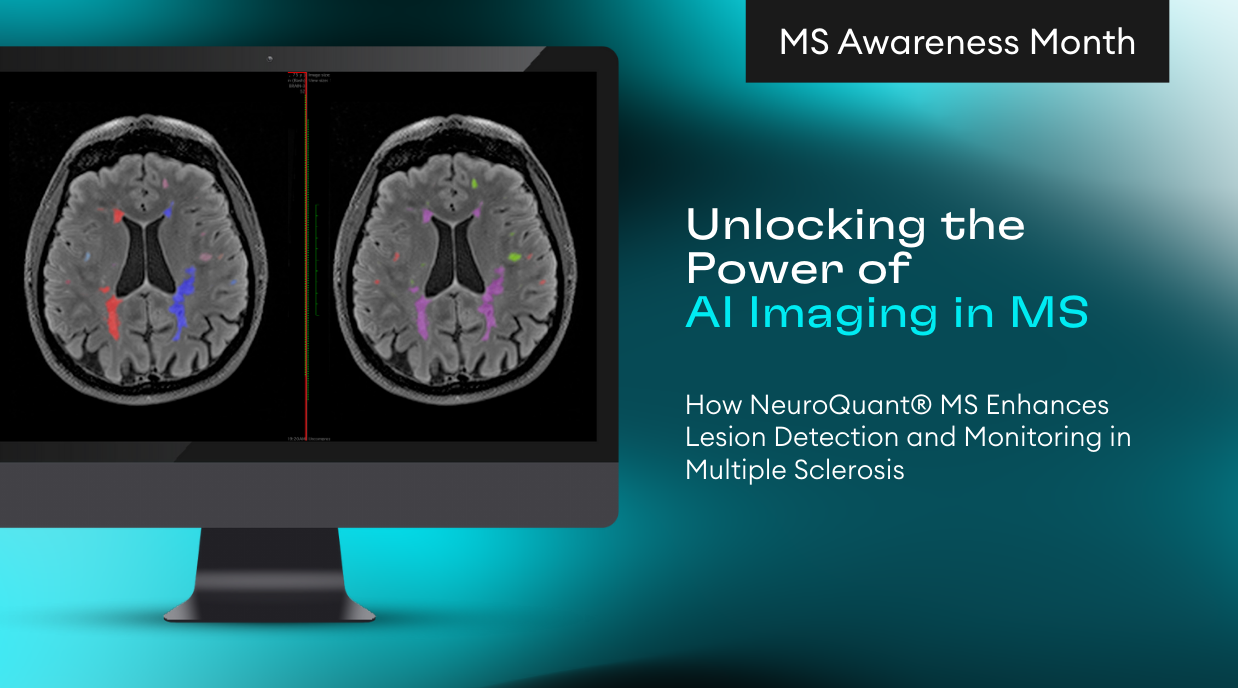“Alzheimer’s Disease isn’t waiting — and neither should we.” — Alzheimer’s Association1
Features of Alzheimer’s diagnosis and progression
Approximately 6.5 million Americans and at least 50 million people worldwide are currently diagnosed with Alzheimer’s, and these numbers are projected to increase to over 13 million and 152 million, respectively, by 20502, 3.
A subset of dementia, Alzheimer’s disease typically presents first with a greater-than-normal decline in the ability to form new memories in people over 65 years of age, although initial warning signs may vary from person to person. Other early signs may include word-finding, reasoning/personality/behavioral changes, or visiospatial issues, potentially leading to a diagnosis of mild cognitive impairment before Alzheimer’s is clinically apparent from a patient’s cognition and behavior.
Some studies suggest that physical changes in the brain begin developing much earlier than the time of symptom onset, potentially decades before4. Two key physical changes that can be noticed on brain imaging in the preclinical or early stages of Alzheimer’s is 1) a decrease in the size of the brain region that is integral to memory, the seahorse-shaped hippocampus and 2) an increase in the size of the ventricles, the large highways that move cerebrospinal fluid throughout the brain. These key physical changes can lead to debilitating neuropsychiatric consequences for the patient, including declining memory function, depression, apathy, aggression, and psychosis.
Why Volumetrics are Integral to Monitoring Alzheimer’s Progression
These two structures, the hippocampus and ventricles, are important structures to monitor via brain imaging (i.e. MRI), especially in the early stages of Alzheimer’s. In a healthy patient, the hippocampus shrinks by about 1% per year. In someone affected by Alzheimer’s disease, this shrinkage rate increases to about 5% reduction in volume per year5 and can lead to a sometimes rapid decline in cognitive behavioral function for the patient. Thus, timely volumetric analysis is crucial in the detection of image-based early warning signs of and the longitudinal tracking of Alzheimer’s.
With these specific regions of the brain being tightly linked to the start and progression of Alzheimer’s, detecting volume changes in these regions remains a high clinical priority in the longitudinal care of dementia patients. In order to calculate these volumes properly and precisely, advanced brain image processing and analysis techniques are required.
Enter Cortechs.ai’s CE-marked and FDA-approved NeuroQuant®, a software product that analyzes brain MRIs and provides a detailed volumetric analysis of a patient’s brain. NeuroQuant can aid in the swift, early detection, longitudinal tracking, and care planning of Alzheimer’s disease, other dementias, traumatic brain injury, multiple sclerosis, and epilepsy. In the context of Alzheimer’s disease, NeuroQuant can be used to assess brain atrophy (shrinkage) precisely by measuring the volume of those important brain regions (i.e. hippocampus, ventricles). For any subsequent MRIs that are taken for a patient, NeuroQuant can measure the volume of the same important regions and provide longitudinal analyses to specifically monitor these volumes in a precise, quick, and clinically valuable manner for physicians. This longitudinal, volumetric monitoring is imperative to accurately tracking Alzheimer’s disease progression and updating patients’ care plans.
Additionally, NeuroQuant also offers a Dynamic Atlas™ that is validated with over 1 million clinical cases, as well as a comprehensive normative reference database. NeuroQuant compares an MRI of a patient’s brain to this normative database which consists of persons of the same age, sex, and skull size who have healthy brains. This feature allows physicians to easily compare their patients’ brain volumes with similar, healthy patients in this database to get a snapshot of how their patients’ are progressing — real-world, clinically useful data at their fingertips within minutes via NeuroQuant.
Cortechs.ai’s mission
In order to continue to support work like this, A Walk to End Alzheimer’s6 is a fantastic initiative that is organized in cities around the country to build community around and raise finances for Alzheimer’s research and applications. Based in San Diego, the Cortechs.ai family can be found at the San Diego walk each year, as we are dedicated to assisting patients affected by Alzheimer’s. This year, come join us and other supporters at the San Diego walk on October 8, 20227!
Alzheimer’s is an insidious, currently incurable disease that has a serpiginous course for patients and causes ineffable difficulties for patients and their loved ones. Here at Cortechs.ai, we are driven to develop and optimize state-of-the-art technology like NeuroQuant so that Alzheimer’s can be detected earlier via brain MRI so that care plans can be optimized and applied more timely to guide a patient’s clinical course. For more information about NeuroQuant, please visit our website at www.cortechs.ai.
References
- Alzheimer’s Disease and Dementia https://alz.org/.
- Alzheimer’s Disease Facts and Figures. Alzheimer’s Disease and Dementia https://www.alz.org/alzheimers-dementia/facts-figures.
- [No title]. https://www.alz.co.uk/research/WorldAlzheimerReport2018.pdf.
- Younes, L. et al. Identifying Changepoints in Biomarkers During the Preclinical Phase of Alzheimer’s Disease. Front. Aging Neurosci. 0, (2019).
- A meta-analysis of hippocampal atrophy rates in Alzheimer’s disease. Neurobiol. Aging 30, 1711–1723 (2009).
- Walk to End Alzheimer’s. Alzheimer’s Association https://act.alz.org/site/SPageServer?pagename=walk_homepage.
- 2022 Walk to End Alzheimer’s – San Diego, CA. Alzheimer’s Association https://act.alz.org/site/TR/Walk2022/CA-SanDiegoImperial?fr_id=15437&pg=entry.
“To care for those who once cared for us is one of the highest honors.” ― Tia Walker
